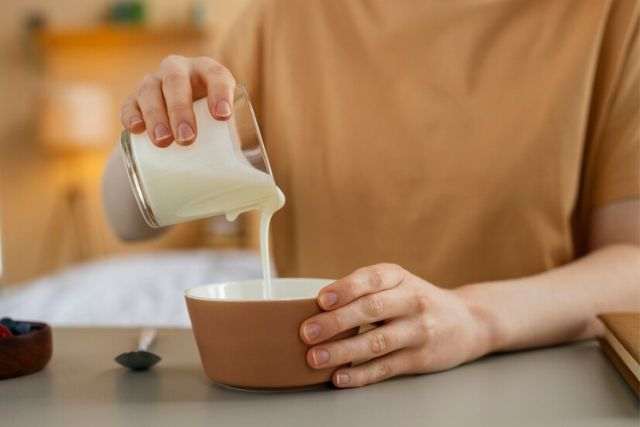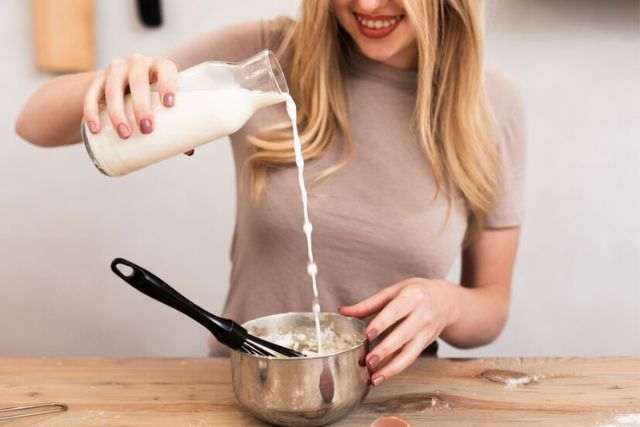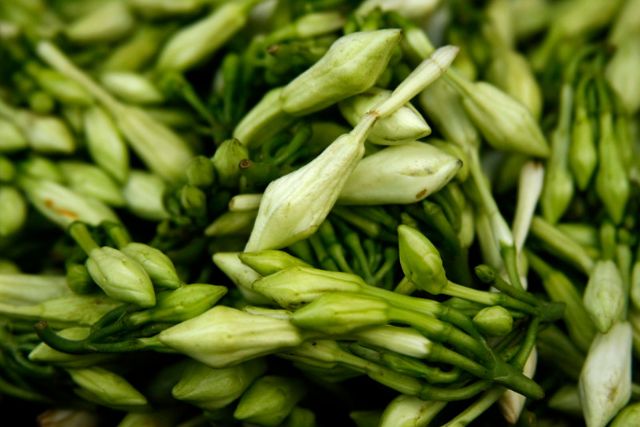How to Scald Milk Briefly, scalding means scorching by boiling liquid or steam. Scalding of Milk means warming up Milk until right before it boils, then chilling it to room temperature. It is dairy milk baked to 83 °C (181 °F). At this temperature, bacteria and other microorganisms assassinate, enzymes in the Milk terminate, and many proteins attenuate. At its simplest, scalded Milk helps sultry constituents up. Also, it can help liquefy sugar in custards and other baking techniques. It can also aid in melting butter or chocolate. Warmth milk can cheerfully heat eggs in custards so they don’t thicken later in the process. In this article, we will elaborate on how to scald Milk.
How To Scald Milk; Ingredients Required:
~ Milk
Equipment Needed:

- A sturdy spatula
- Wooden spoon/spatula
Tutorial Lessons:
Scalding temperature rate: Milk scorches at 170F°
Cool before using: Yeast terminates at 138F°, so let the scalded milk frost before using.
Bit By Bit Directions:
How to scald Milk: here are some directions:
- Choose a well-built stainless steel utensil with a heavy base to warm the Milk precisely without burning. Over moderate heat, rustle up the Milk and watch for bubbles.
- You don’t wish for the Milk to boil ultimately, but you certainly want the Milk heated through. The process completes when a skin of coagulated proteins forms across the peak. To be sure, use a dependable thermometer to check the temperature (milk scalds at 170 degrees). Allow to chill for 10 minutes to about 110 degrees before using in a recipe (yeast dies at 138 degrees F).
How To Know When Milk Scalds:

The tell-tale sign is when tiny bubbles start emerging around the walls of the saucepan—the second you see these bubbles, your Milk scalds. If more giant bubbles start revealing or the whole saucepan starts boiling, you’ve gone too far and will have to start over. Tolerance and cautious scrutiny are critical!
Why Do Recipes Need Scalded Milk:
How we can scald Milk. If your recipe calls for burning Milk, take advantage of this step. Commonly, you’ll see it in bread, cake, or ice cream recipes. It serves numerous purposes.
- It confirms that milk-based breads rise. The whey in Milk can typically avert yeast from doing its job causing the bread to spring up. But scalding Milk erodes whey, permitting yeast to work. Scalded Milk genuinely catalyzes the rate at which yeast causes bread to rise because yeast starts working more swiftly in warm liquids than in cool ones.
- It pervades Milk with other flavors. Add different flavors to warm Milk, such as lemon zest, vanilla bean, herbs, or spices, and the Milk will carry on these other flavors. It is significant when you’re making a milk base for ice cream.
- It disintegrates sugar and defrosts butter in some cake recipes. Adding warm milk to some baking recipes is just a matter of productivity.
Recipe Tricks And Fluctuations:
- Yogurt making: Yogurt production, often dairy milk, is scalded to eliminate other bacteria and pathogens that could engage with the yogurt culture.
- No curdling: Warm Milk can slightly heat eggs in custards so they don’t thicken later. It can minimize the cooking time.
- In coffee: The French breakfast lift me, cafe au lait, uses scalded Milk mingled with warm coffee.
Conclusion:
It can help liquefy sugar in custards and other baking techniques. It can also aid in melting butter or chocolate. By interpreting the logic behind this procedure, obeying the steps mentioned in this guide, and knowing how to scald Milk, you can comfortably subsume burned Milk into your culinary repertoire, uplifting your cooking and baking efforts to new peaks.
For more interesting topic and ideas please check our website Ballet Home





